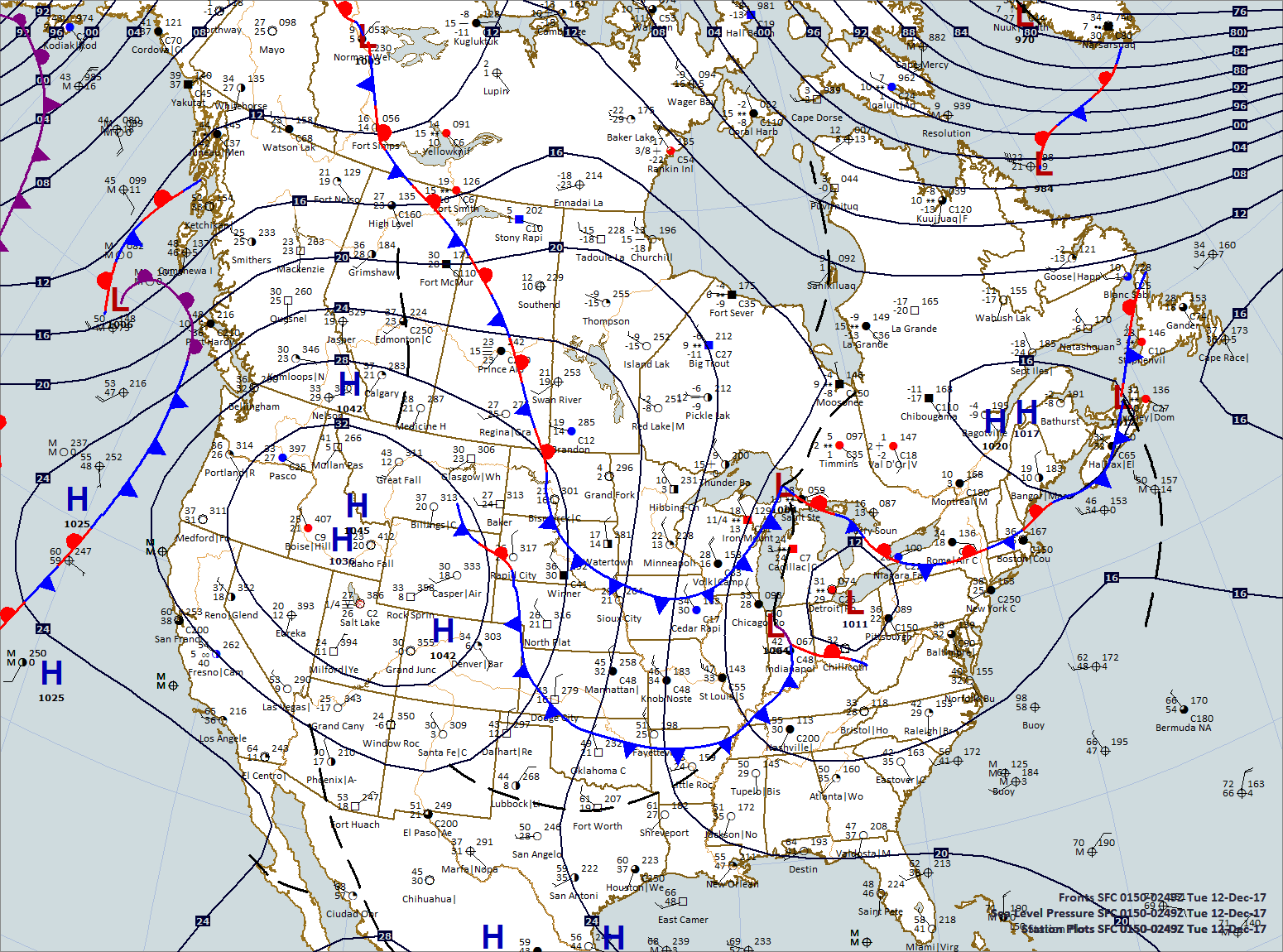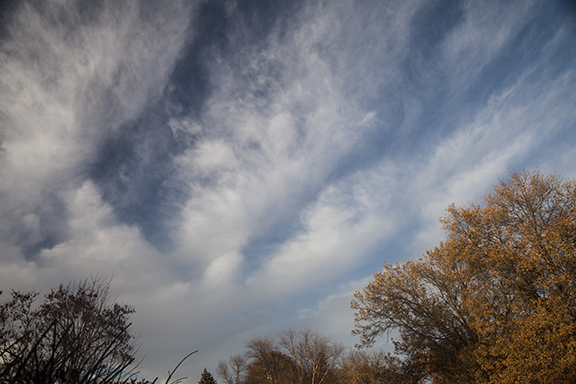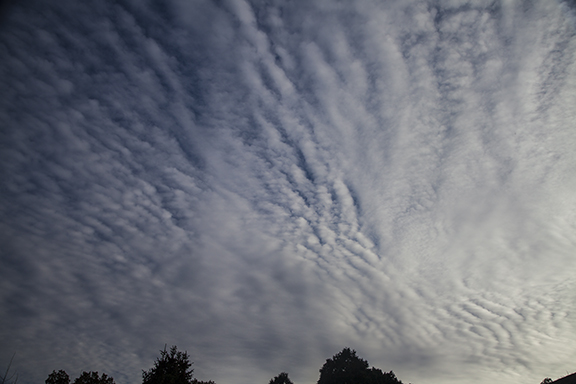As we know, weather moves! Our atmosphere is an ever moving cauldron of many processes acting at once. The purpose is to balance temperature differences, water the earth and sustain our environment. Without weather life would not be possible on Earth.
Weather forecasting is the part of meteorology where the public gets to see the fruits of meteorologists labor on a daily basis. While there is much scientific research going on behind the scenes the weather forecast is where the rubber meets the road. If forecasts are dependable the science looks good. When forecasts are wrong it doesn't look so good. Fortunately the science has advanced to the point where forecasts are reasonably dependable even though there is considerable of room for improvement.
Some of the tools used to create your daily weather forecast are forecast models. There are many models - many nations do their own modeling for their own purposes. The United States, Canada, the European Union, China, Japan, Russia and many others have their own models.
None of the models are perfect. The models lack sufficient data and the ability to process the available data to make the models perfectly mimic the weather. None the less, the models are very useful.
One of the models is the American GFS (Global Forecast System). To give you an idea of what a model looks like here is a link to an animated version of the GFS. Link to it and just watch it move. It runs for a two week period and is updated several times a day. Keep in mind that this is just 1 of many forms of output available to forecasters. You are seeing a very tiny, but significant, part of what the model does. Occasionally this blog will show you some of our other tools.
Click on the link below to see the GFS run. Pick the 1000_500_Thick to see an animation of the surface pressure systems forecast for the next two weeks. Don't worry about understanding everything you see. The point is to notice the movement that is forecast. You are watching one model's interpretation of what may happen. Forecasters pick and choose between the models based on their experience of watching models perform. There are other animations available.
GFS Forecast Animation
If you want browse through other American models click the link below.
U.S. Model Home Page
































